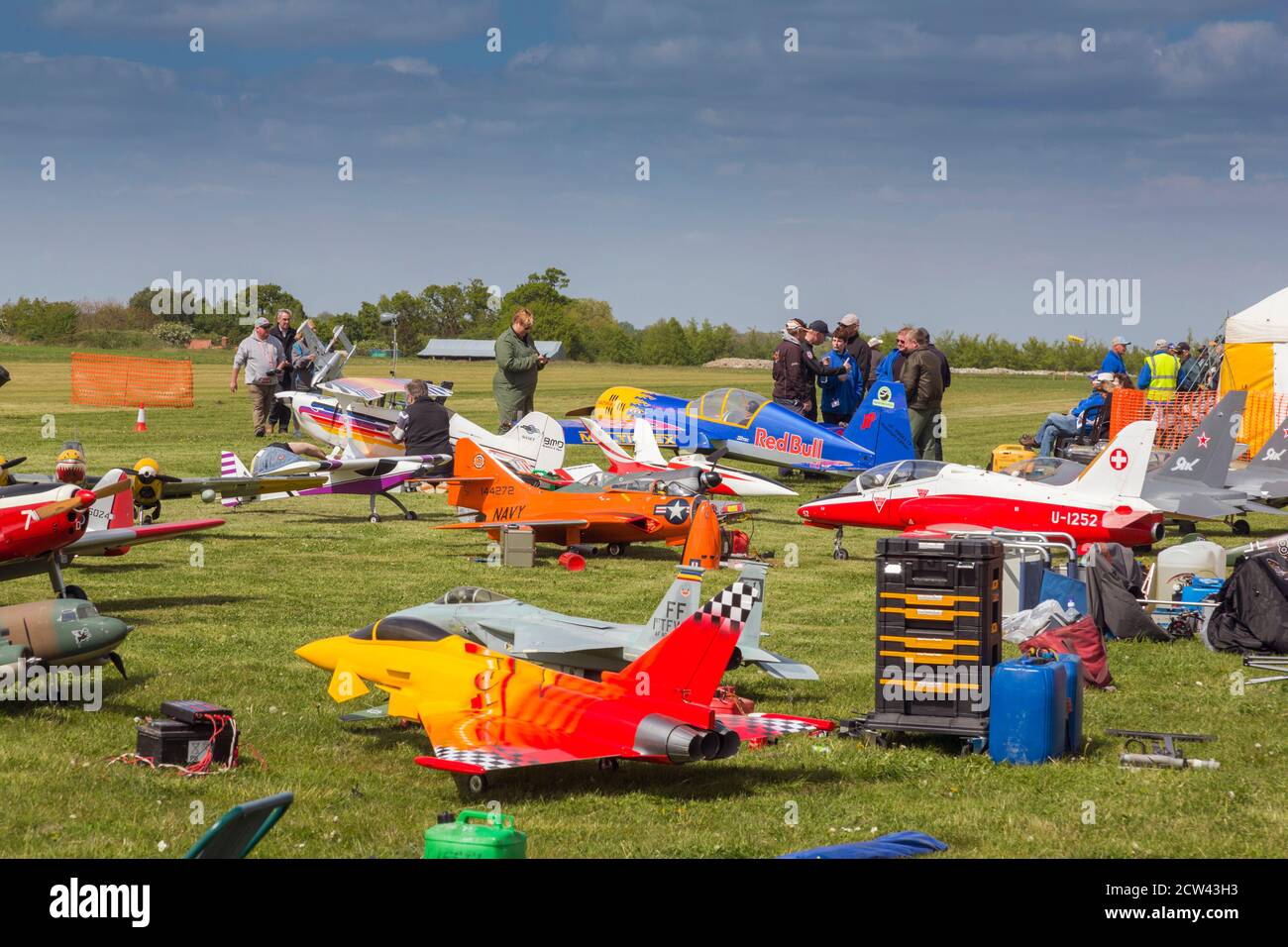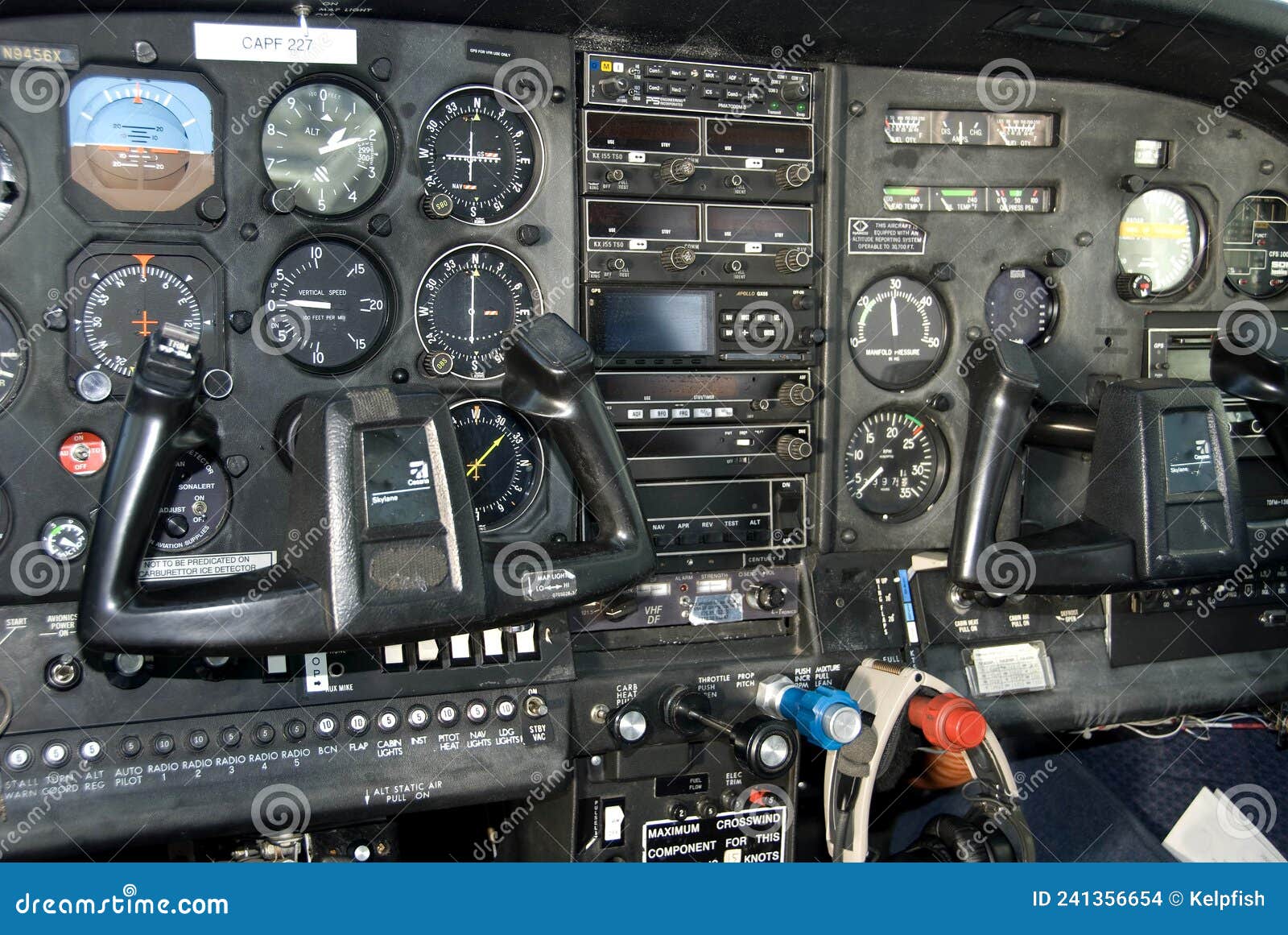Radio Aircraft - Stack Exchange is a question and answer forum for pilots, engineers, and aviation enthusiasts. Signing up only takes a few minutes.
I have always seen a button built into the yoke or attached to the yoke with velcro on older airplanes. However, the other day my guide was using an old fashioned header with a push button for information built into the side of the header. No cables were attached to the headphones, and the yoke's PTT button was not touched to transmit. My question is: how does PTT work? Is it done with a load resistor or something that creates a microphone line, to trigger a radio transmission? I researched and looked through many books on audio boards and navcoms, and couldn't find an answer. The soundboard used in this case is the Garmin GMA-430 soundboard, pictured here:
Radio Aircraft

The standard microphone plug on GA aircraft is the PJ-068 plug, which has three electrical connections (tip, ring and sleeve). The end of this connection is a push-to-speaker signal (the ring captures the actual audio signal, and the hand holds it).
Aircraft Radio Panel On Pedestal Stock Photo 1499658338
PTT on airplane radios and loudspeakers is activated by moving the PTT contact (the end of the microphone plug) to the ground or to the small microphone. All you have to do is literally turn off a switch that has a PTT that can be placed anywhere. Placing them over the ears makes them almost impossible to break from cable snags. It also means he always knows where the PTT button is, no matter what plane he's on.
By clicking "Accept All Cookies", you agree that Stack Exchange may store cookies on your device and display information in accordance with our Cookie Policy. Buying becomes more difficult. There are many good options, but the most important thing is to match the tools to your work. Here is our advice.
What do you use the radio for? The answer to this question will determine which radio station is best for you. If it's mostly for backup (listen to ATIS, call ATC if the band closes, etc.) then a simple radio is the best idea - complicated menus and advanced scanning features are just annoying . We also believe that AA batteries are the best method for occasional use, because you can throw an AA radio in your running bag and forget about it; No need to worry about adding an extra battery. If your new radio is going to be used for everyday use (first ultralight radio, line-of-sight use, etc.), then a rechargeable battery and other accessories will make sense.
The radios you buy should be easy to use, which is up to you to evaluate. Most pilots want the basics, so simplicity and a readable screen are more important than long parts lists. As we always say: "You don't have time to read a book in a rush."
Ww2 Aircraft Radio Receiver Stock Photo
This is just a simple question, and it makes a big difference if you use the radio in an emergency. But, the answer is not easy: it depends. All portable aircraft radios are VHF, so the range is based on line of sight. If you are on land or in mountainous areas, your range will be shorter; At higher altitudes in an airplane your range is much better. In our tests, you can transmit 30 miles away with a handheld radio (over 50 miles in some cases). You can transmit reliably for up to 10 miles (about 25 miles in some of our tests)—not nearly as good as broadcast radios, but more than enough in a pinch. You want to tell a tower 5 miles away that you're coming, instead of talking to a center about a new route. All popular radios like Sporty's, Icom and Yaesu are good for this situation.
The difference in the transmission range between models is different, but not dramatic (here are some results from a test a few years ago). The SP-400 and PJ2 have the best range in our recent tests - easily transmitting from 15 miles away (at 3000 feet AGL), and can read at 20 miles .
The plug can be installed in the aircraft so that you can use the antenna mounted on the roof of the aircraft. This will almost double the distance you can send, so this is the best way to improve range if you have your own aircraft. It had to be installed from an avionics shop, but it was a quick process.

We asked our panel of pilots here at Sporty's for their thoughts on popular radio models. While everyone has their own likes and dislikes, some common themes emerge. We have summarized the main points below.
Radio Navigation: “flying The Beam”
A simple radio with built-in dials makes the pilot very comfortable. It also includes COM flip-flops (no NAV), a large screen, a backlit keyboard and a USB-C port for additional power. At $199, it's our best value yet.
It's the easiest NAV/COM option to use, with a large screen, large keyboard, and no confusing menus. All include VOR and ILS navigation, as well as NOAA weather radios. The battery pack contains 8 AAs, which provides better battery life than most 6 AA models.
Top radio from Icom, with NAV, COM, GPS and Bluetooth to connect to your phone (via the free Icom app). The radio is the most compact we offer with a large screen, although it is on the expensive side, and these extra features make it difficult to use. Also note that GPS doesn't have a full database, so it's not the same as using a Garmin.
A25N only has COM version - no NAV radio and no Bluetooth. It's still expensive compared to the radios below, but there's also a Sport model available with all the accessories (and an AA battery pack instead of rechargeable) for much less.
Reducing Radio Interference On Aircraft
This COM only model has a smaller screen but is a solid choice for those who want a basic radio. Well made and easy to use, they are available in Bluetooth and non-Bluetooth models so you can connect them to headphones.
This is the cheapest and cheapest Yaesu model. It's a good value for a basic radio, but the screen is a bit small compared to other Yaesu models. Includes a rechargeable battery pack.
COM is the only version of the popular 550/750 series, with a screen larger than 250L. It's a complicated radio but most pilots said it's harder to use than the Icom or Sporty models, and the keyboard is small. On the plus side, it includes AA and rechargeable battery packs, and all accessories - so there's nothing to buy.

NAV/COM version in this series, same screen and keyboard as 450L. A good choice if you are looking for an affordable NAV/COM with a rechargeable battery.
How Does The Ptt Button On The Radio Work?
The radio is the same as the 550L but with an AA battery pack instead of lithium ion. It's available at a higher price, so there are a lot of fans to add, but the learning curve is steeper than the Icom or Sporty models.
The flagship model from Yaesu includes NAV, COM, ILS and GPS. It has all the features you need (minimum bluetooth), but note that GPS is mostly for lat/lon - no satellites, no nearby airports, no moving maps. Useful in an emergency, but not for acceleration. Friends, earn more, learn more, save more - get more done as a pilot - click here
Once, when I was a kid riding in the back of my dad's Piper Comanche, you could fly all day and never talk to a soul. Non-developed airports do not have a set frequency, and pilots must notify each other, if at all.
Between the 1960s and when I started learning to fly in the early 1990s, things changed. Most non-towered airports are assigned a unicom frequency for surface weather and pilot communications. Avi's old Narco 360 radio was considered obsolete and replaced by a 720-channel arrangement, which halved the spacing between channels from 118.00 to 135.95 MHz (after since expanded to 760 channels with the addition of frequencies between 0000136. and 136.975 MHz).
Teamx Introduces Gtr 200b Comm Radio With Bluetooth Intercom Designed For Experimental Aircraft
Even simple flights these days involve some kind of radio activity, whether it's getting the air from ATIS on the ground or AWOS, showing your interests in a non-elevated field, or simply fix your plane on the ground to a high field. . And whenever airlines are close together, communication is essential.
Communicating with other pilots via radio in the air can be a problem. For some veteran pilots, 122.9 MHz is the air-to-air frequency for coordinating a nonstop flight or deciding where to fly for lunch. However, since my father's airplane days, this frequency has been designated as a multicom frequency for communication at non-traffic airports where unicom is not designated.
From aircraft management to hot air balloons or take-offs, almost everything

Aircraft appraisal online, free aircraft appraisal, aircraft appraisal services, aircraft appraisal cost, aircraft appraisal jobs, aircraft appraisal course, aircraft appraisal training, business appraisal, rolex appraisal, appraisal software, 409a appraisal, aircraft appraisal report
Post A Comment:
0 comments so far,add yours